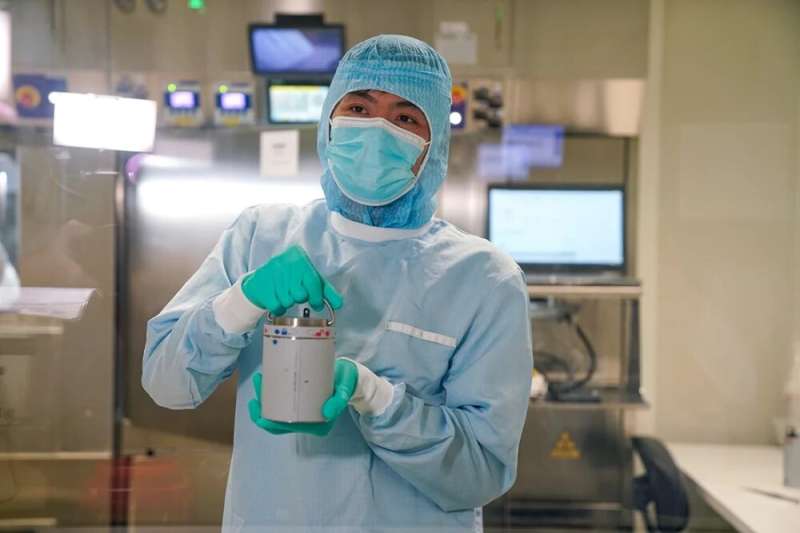This article has been reviewed according to Science X's editorial process and policies. Editors have highlighted the following attributes while ensuring the content's credibility:
fact-checked
trusted source
proofread
Testing a new radioactive drug to detect Alzheimer's

A radioactive tracer is being tested for the first time in Norway at St. Olavs Hospital and NTNU. The goal is to improve the detection of dementia diseases.
In late March, the first patients were tested with a radioactive medicine called MK6240. This drug is given to the patient before they are put into a PET-MRI machine that takes pictures of the brain. The special feature of the MK6240 tracer is that it seeks out and attaches itself to deposits in the brain that can be found in Alzheimer's disease.
Could become important test for cognitive impairment
"We'll combine the new tracer with two other tracers that reveal other types of disease processes in the brain that can lead to dementia. The patient is imaged with a PET-MRI scanner, enabling us to see both the uptake of trace substances and various types of disease and age-related changes that are best detected by MRI," say NTNU professors Live Eikenes and Asta Håberg.
"The patient receives a comprehensive exam of the brain at the same time. This isn't available anywhere else in the Nordic countries," they said.
"We'll also be doing a research study to investigate which image types and combinations of image types provide the most information about the symptoms and ailments of the patients who participate," the researchers said.
If the study results are promising, this type of PET-MRI imaging will become an important part of detecting cognitive impairment in Norway.
Only such test in the Nordic countries
St. Olavs Hospital is the only hospital in the Nordic countries with this diagnostic option. The hospital and NTNU have collaborated for several years to establish production of this radioactive medicine in Trondheim. The production and testing have come to fruition via the research project 180°N (180n.no).
A PET-MRI machine looks like a normal MRI scanner. The person to be scanned lies inside a tunnel while the machine takes pictures inside the body. The difference between a regular MRI machine and a PET-MRI machine is that this scanner can take both MRI images and PET images at the same time.
Spots of light could indicate disease
The radioactive drugs used in a PET scanner act as "light bulbs" that light up where they attach to signs of disease in the body. Many points of light will shine brighter, a bit like a satellite image of the earth at night where lights from towns and cities are easy to see.
A tracer that targets the deposits found in Alzheimer's disease will cause these areas to "light up" in the PET scanner. The pattern in the recording helps the doctors to make the correct diagnosis on patients who come to the hospital with suspected cognitive impairment.





















